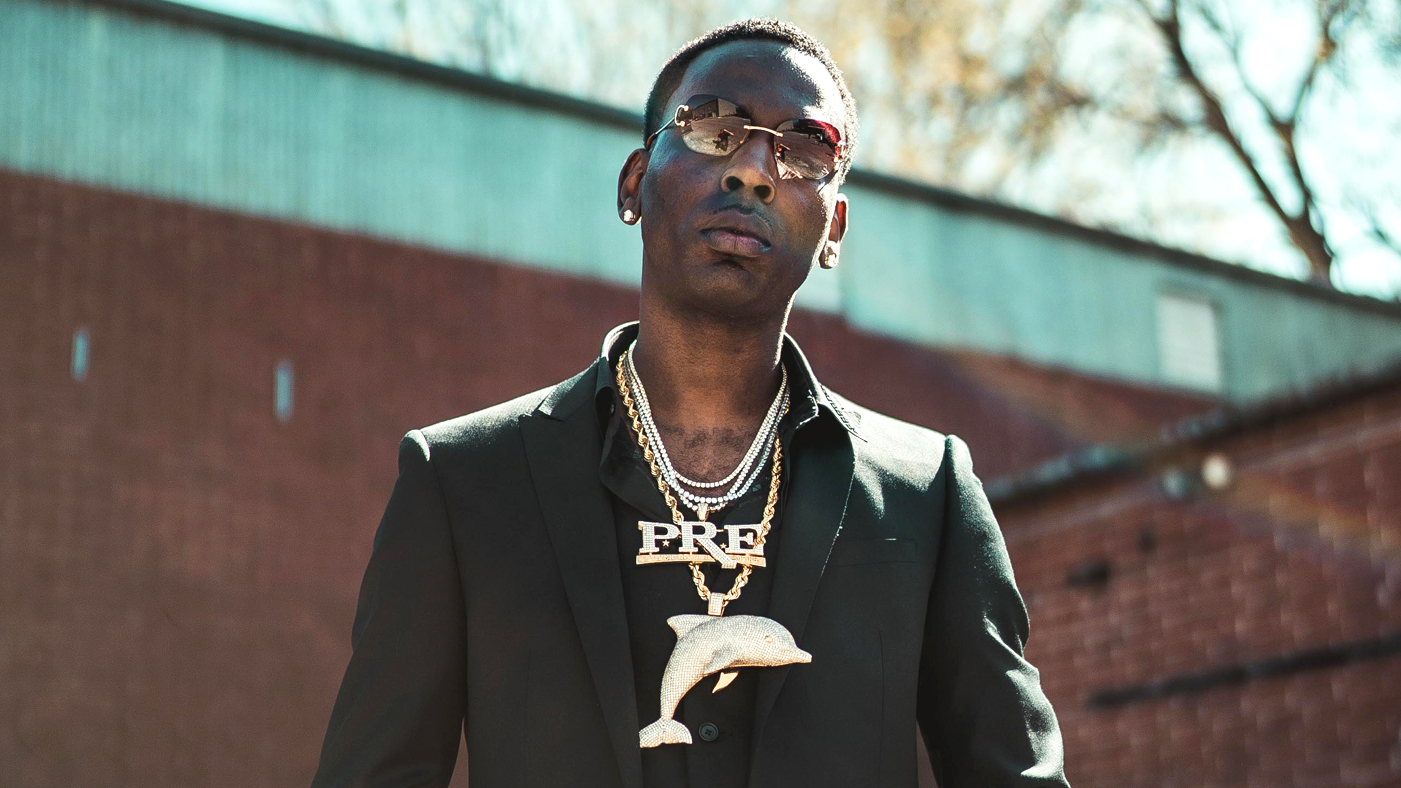Since 1965, two of the three men convicted for assassinating Civil Rights’ great leader Malcolm X pleaded on the side of their innocence for several decades. Muhammad Aziz and Khalil Islam never wavered from their position. Aziz referred to his conviction as “the result of a process that was corrupt to its core — one that is all too familiar.” According to the Associated Press, in a statement, he said,
I do not need a court, prosecutors or a piece of paper to tell me I am innocent.
Looking back, in March of 1966, Aziz, Islam and another man, Mujahid Abdul Halim (who was also known as Thomas Hagan, among other names), were all convicted of Malcolm X’s murder. A court sentenced them to life in prison. Although Aziz and Islam always asserted that they were innocent, Hagan did not. He admitted that he and two other men carried out the assassination, but backed Aziz and Islam’s claim that they were not involved.
Hagan testified that two other men were his accomplices and that Aziz and Islam had nothing to do with it. Even though Hagan said this to the court, it did not hold much weight in the resulting conviction. To add to the justification for a re-examination of the case, looking back at the 1966 trial, both Aziz and Islam (known at that time as Norman 3X Butler and Thomas 15X Johnson, respectively), had no physical evidence tying them to the crime. Both even went as far as providing alibis.
Now, after a 22 month re-investigation into the case, Aziz and Islam have been exonerated. Digging into the investigation deeper allowed things to come to light. Evidence was withheld from the case. Their attorneys, the Innocence Project and civil rights lawyer David Shanies said that the evidence that was withheld would have been favorable to the defense of Aziz (83) and the late Islam (who passed away in 2009). They also said it could have lead to their acquittal.
Then, according to the lengthy and thorough reporting of The New York Times, more information about the case surfaced from the re-investigation. The reexamination of the process found information pointing to the FBI. The Bureau possessed documents that identified to other suspects, not Aziz and Islam, in addition to having a witness who backed Aziz’s alibi. Aziz claimed that he was home tending to leg injuries, at the time of the shooting. The witness corroborated his story. Even though the FBI possessed that information, authorities never interviewed the witness.
The witness was only identified by initials “J.M.” The NY Times article went on to say that J.M., who was manning the phones as the Nation of Islam’s Harlem mosque, received a phone call there, from Aziz, asking J.M., for the mosque’s captain. J.M., hung up to fetch the captain, and then called Aziz back on his home phone to connect him to the captain. Aziz answered, therefore demonstrating that Aziz was indeed home on the day of Malcolm X’s assassination. In addition to leaving this information out of the case in 1966, the FBI also left out additional details.
The FBI knew that undercover officers were in the ballroom, at the exact location where Malcolm X was killed. They were even present throughout the gunfire. Officers also knew that someone phoned the Daily News of New York that very day, and told the paper that Malcolm X would be assassinated.
Because of these inconsistencies and numerous details that were left out of the original case, the courts deemed that Aziz and Islam should be exonerated.
For more information, please listen to NPR’s radio interview, below.
NPR Radio Interview
And for further details, here is ABC’s coverage of the story as well:
Featured image via ABC.









